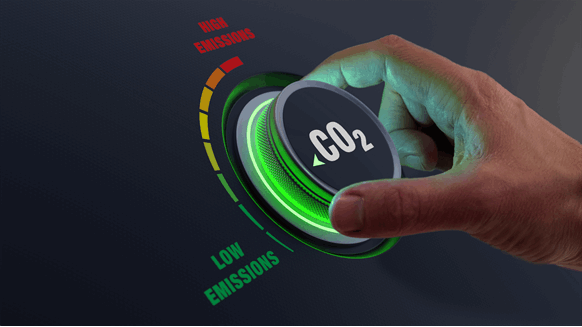German energy company LEAG is building a renewable energy system at its Boxberg coal-fired power plant as part of its “transformation into Germany’s green power plant,” a press release said.
LEAG signed an initial agreement with energy storage manufacturer ESS Tech Inc. to deploy renewable generation and long-duration energy storage (LDES) using ESS iron flow battery technology. The companies expect to complete definitive agreements and financial close in the third quarter of 2023, after which they will build a 50 megawatt (MW) / 500 megawatt-hour (MWh) iron flow battery system at the Boxberg power plant. The battery module, which will become operational in 2027, is expected to “become a standardized building block” in LEAG’s plans to transform its power plants to renewable energy, ESS said in the press release.
According to the company’s website, LEAG’s Boxberg lignite-fired power plant has an installed capacity of 2,575 MW and produced 14.6 billion kilowatt-hours of electricity in 2021.
LEAG and its partners plan to invest around $220 million (€200 million) “with further support expected from additional investors and stakeholders,” the statement said.
LEAG plans to develop seven to 14 gigawatts (GW) of renewable generation combined with two to three gigawatt-hours (GWh) of energy storage and two GW of green hydrogen production. The company aims for its renewable energy system to replace baseload coal-fired generation, as well as short-term storage, LDES and hydrogen to replace natural gas for grid balancing, according to the statement of press
“A key requirement for our transformation into Germany’s green powerhouse is the deployment of cost-effective long-term energy storage,” said LEAG CEO Thorsten Kramer.
“We look forward to partnering with LEAG to develop the model for utilities and communities around the world transitioning from coal to clean, renewable energy,” said Eric Dresselhuys, CEO of ESS. “The deployment of renewable energy and long-term energy storage will not only provide reliable, clean energy to effectively replace the baseload power currently provided by coal, but will also provide economic opportunity and a cleaner environment for Germany”.
According to the release, LEAG and ESS have joined the Energy Resilience Leadership Group, a multi-stakeholder initiative that aims to “enhance Europe’s energy resilience through the rapid scale-up of emerging climate technologies.” The group, led by Breakthrough Energy and Siemens Energy, was launched at the 2023 Munich Security Conference.
“We are pleased to support a long-term strategic relationship between energy and technology experts LEAG and ESS through the Energy Resilience Leadership Group,” said Philipp Offenberg, Senior Director of Breakthrough Energy. “Providing green baseload energy through scalable and long-term energy storage will not only solve a major challenge for decarbonisation. It will also improve Europe’s energy resilience because less natural gas will be needed for generation reserve energy in the future”.
“The Energy Resilience Leadership Group and Breakthrough Energy have provided an ideal framework to drive the rapid development and deployment of technology to meet emissions targets as soon as possible,” added Kramer.
According to the company’s website, Oregon-based ESS has developed iron-based LDES technology and its systems have been deployed in commercial microgrid systems, with utility-scale projects underway in the US and Australia.
In a study published in December 2022, Wood Mackenzie found that LDES projects worldwide have attracted more than $58 billion in commitments from governments and companies since 2019, which could lead to the installation of 57 GW of power, the equivalent of three times more. global energy storage capacity deployed by 2022.
To contact the author, send an email to rteodoro.editor@outlook.com


